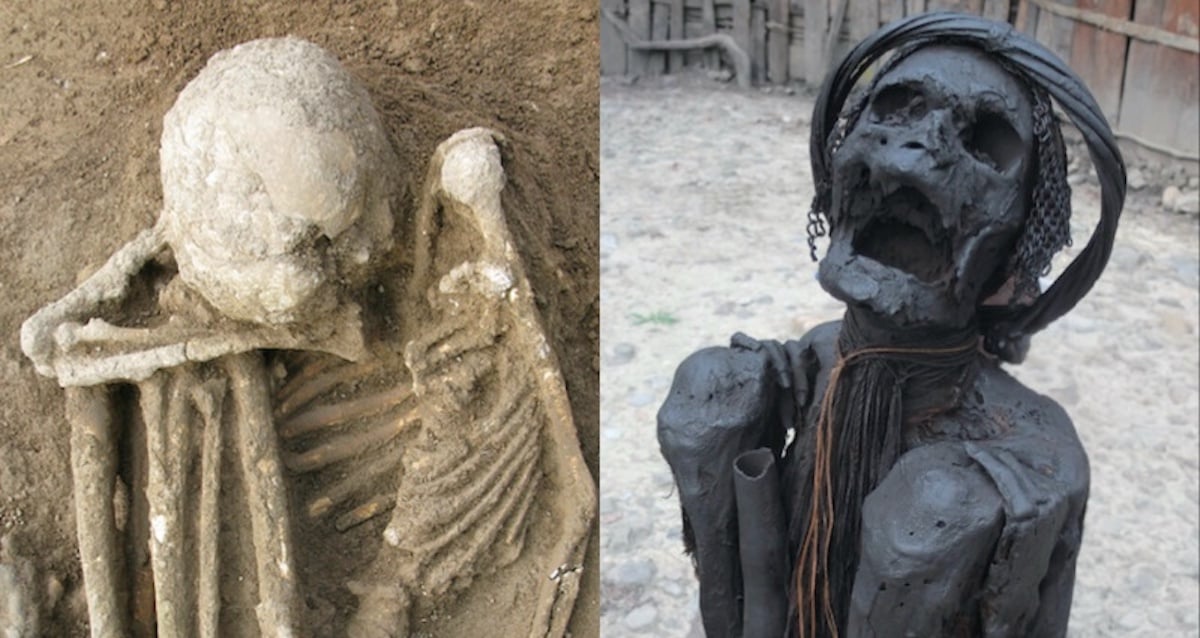Iberian Ant Queens Rewrite Nature’s Rules by Giving Birth to Hybrid Offspring for Labor—A Secret Colony Strategy Revealed!
Imagine a world where ants pull the ultimate plot twist—queen ants that lay eggs of not one, but two entirely different species, creating hybrid worker armies as if they were running some insect version of a sci-fi factory. Sounds like something out of a bizarre National Geographic special or a nature documentary gone wild, right? Well, hold onto your hats, because the Iberian harvester ant queens, or Messor ibericus, have pulled off a reproductive magic trick so strange that one researcher likened it to a human having chimpanzee babies—and then using those babies merely as “a source of sperm” to birth human-chimp hybrids that do all the tedious chores. Intrigued? You should be. These ants don’t just defy biology—they rewrite it, producing hybrid offspring with another species, Messor structor, despite the nearest neighboring colony being hundreds of miles away. What drives these queens to play genetic puppeteer with another species—and why did evolution hand them this hidden ace? Dive in to uncover a tale of evolutionary ingenuity and the ants’ remarkable ‘domestication’ of another species for their own survival.
One researcher compared the phenomenon to “a human having chimp babies,” and then using those babies as “a source of sperm for giving birth to human-chimp hybrids that would do all their tasks.”

Jonathan RomiguierIberian harvester ant queens can produce eggs that develop into two different species.
Scientists have discovered that Iberian harvester ant queens have a unique reproductive ability that has never been seen in any other animal.
The queens of the Iberian harvester ants, or Messor ibericus, can produce eggs that grow into Messor ibericus and Messor structor, even when Messor structor populations are located very far away from Messor ibericus colonies. From there, it gets even stranger, as the M. ibericus ants then apparently use the M. structor ants to create an army of hybrid workers who exist only to serve the colony.
The discovery was made when researchers began to look into the phenomenon of queen M. ibericus ants mating with M. structor ants in the Mediterranean region, and the hybrid workers that resulted from the mating. When they realized that the closest M. structor colony was about 621 miles away from the M. ibericus population they were examining, they knew something unusual was afoot.
Despite Being Far Apart, M. Ibericus And M. Structor Ants Were Having Hybrid Babies

Jonathan RomiguierIberian harvester ants (left) have far more hair than Messor structor ants (right).
A new study published in Nature details how researchers began to tackle the question of how these hybrid ants could exist, as almost all of them were first-generation hybrids, meaning they came from an M. ibericus and an M. structor.
This type of hybridization isn’t uncommon on its own. Ant queens will sometimes produce hybrid worker ants with other species in an act called “sperm parasitism.” These ants can often be stronger and healthier than purebred worker ants from the colony, making them useful worker ants.
Historically, the geographical ranges of the M. ibericus and the M. structor have overlapped. In fact, they even once belonged to the same species, though they’ve been split for over five million years. However, within the Iberian harvester ant colony in Sicily, it was extremely unusual to have hybrid worker ants with the nearest M. structor colony so far away.
“We had a strong suspicion that something was very unusual about this species, but to be honest, we were far from imagining just how unusual it really was,” Jonathan Romiguier, the senior author of the study, told CNN. “It was this paradox that led us to investigate the case more closely.”
The researchers looked at more than 120 ant populations in Europe, specifically sequencing their genomes and comparing them to the unusual population they were studying. After five years of analysis, they came to a startling conclusion.
Queen ants in Iberian harvester ant colonies could lay the eggs of two different ant species: M. ibericus and M. structor. And from there, the M. ibericus ants then use the M. structor ants to create an army of hybrid workers to help support the colony.
Why Did Iberian Harvester Ant Queens Evolve To Do This?

Juvé et al., Nature 2025Ants observed in a colony in the researchers’ lab.
M. ibericus ant queens weren’t finding M. structor drone ants to mate with to produce more efficient workers, they were making M. structor ants so that they could create new hybrid workers from them.
“It’s like a human having chimp babies,” Romiguier told The New York Times, and then using those babies as “a source of sperm for giving birth to human-chimp hybrids that would do all their tasks.”
But how did this start happening?
Though M. ibericus and M. structor have been two different species for over five million years, many of their colonies remained in similar geographic locations. Meanwhile, for reasons still unknown to researchers, somewhere along the way, M. ibericus queens lost the ability to produce their own worker ants.















Post Comment